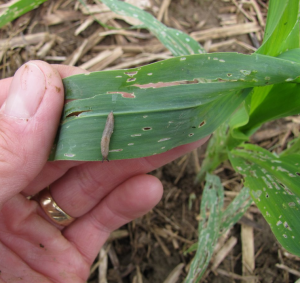Charlie Cahoon and Michael Flessner
Virginia Tech Weed Science
Over the past few days we have had several questions concerning replanting corn behind an already failed corn stand. Our biggest concern in this situation is how to terminate emerged corn from the first planting. The best option for small corn (4-8 inch) is clethodim (Select Max or generics). The label for Select Max (0.97 lb active ingredient/gal) specifies 6 oz/A must be applied at least 6 day prior to replanting. Clethodim products that contain 2 lb active ingredient/gal and are labeled for this situation should be applied at 3 oz/A, while adhering to the same plant-back restriction. As is the case with many weeds, timeliness is critical. Control of larger corn by clethodim is variable (> 8 inches).
Producers not wanting to wait 6 days before replanting should use paraquat (at least 3 pt/A of a 2 lb/gal product or 2 pt/A of a 3 lb/gal product). Paraquat should not be used alone; adding atrazine (1 pt/A) and suggested adjuvants to paraquat will enhance control. Research conducted by Dr. Kevin Bradley (University of Missouri) and Larry Steckel (University of Tennessee) concluded Liberty did not consistently control Roundup Ready corn. Although not listed on the bag, many corn hybrids are tolerant to glufosinate (active ingredient in Liberty). For these reasons, producers should be wary of using Liberty to terminate a failed corn stand.
Another common question when replanting corn is whether to reapply residual herbicides such as atrazine. Atrazine and other residual herbicides should not be reapplied. If additional atrazine is desired in a postemergence application, just note that the cumulative total atrazine for your first and second planting of corn cannot exceed 2.5 lb active ingredient per acre per year. Other products have similar restrictions.
On a normal year, growers are usually asking if soybean can be planted behind corn. And our answer to this is usually no. This is mostly due to the fact that most everyone uses atrazine preemergence and planting soybean following atrazine if very risky. The label of most atrazine products says “Do not rotate to any crop except corn or sorghum until the following year, or injury may occur” and “If applied after June 10, do not rotate with crops other than corn or sorghum the next year, or crop injury may occur”.

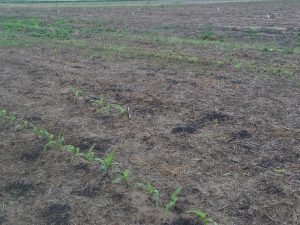
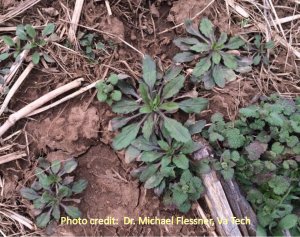

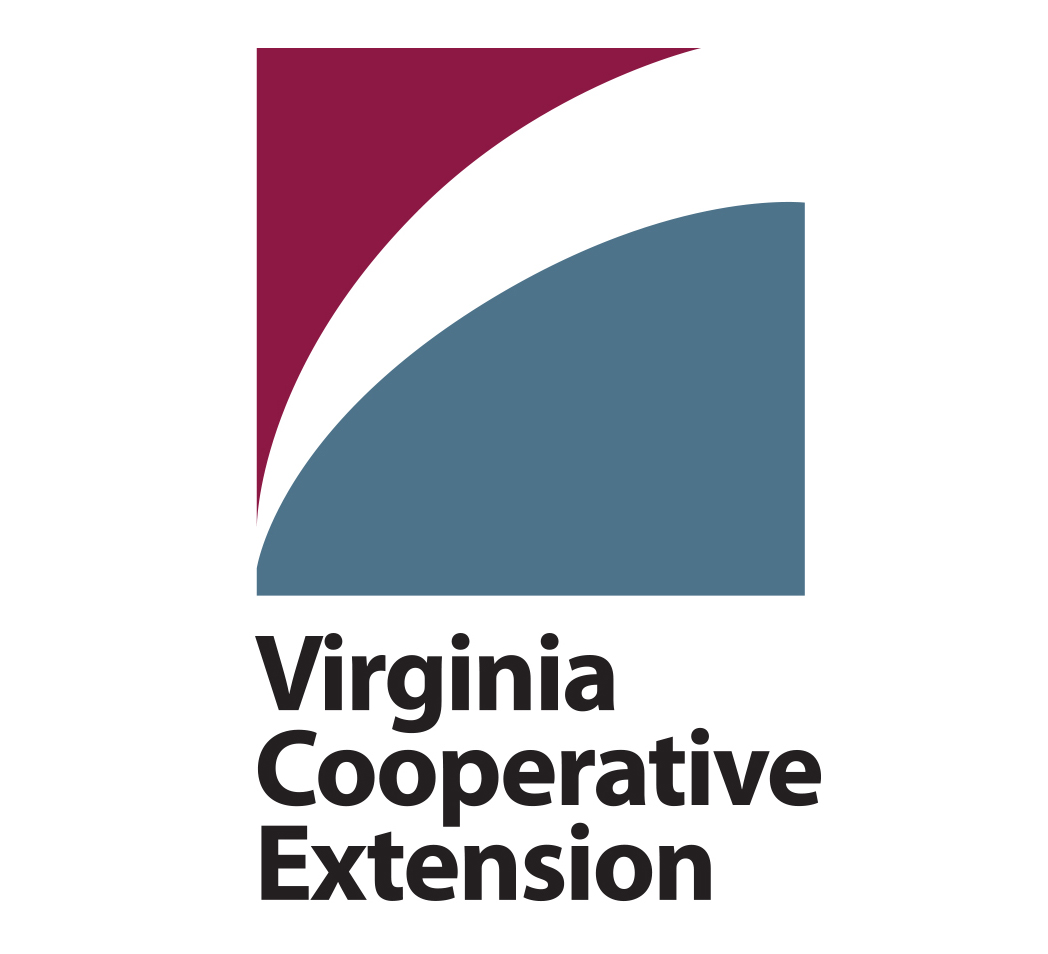

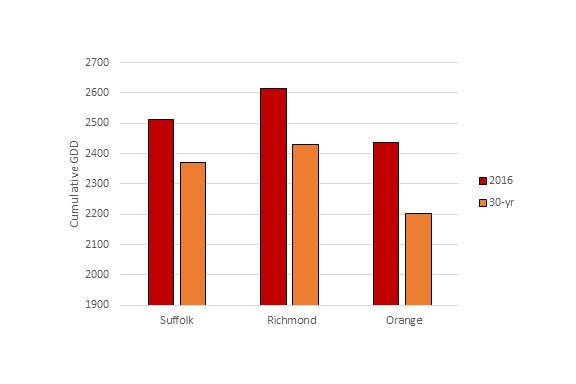
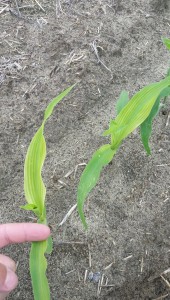 e to many different factors that range from nutrient deficiencies to cool and wet growing conditions. Take a look at this article to give you a few reasons for this poor looking corn and different things to consider prior to making your sidedress nitrogen applications.
e to many different factors that range from nutrient deficiencies to cool and wet growing conditions. Take a look at this article to give you a few reasons for this poor looking corn and different things to consider prior to making your sidedress nitrogen applications. 